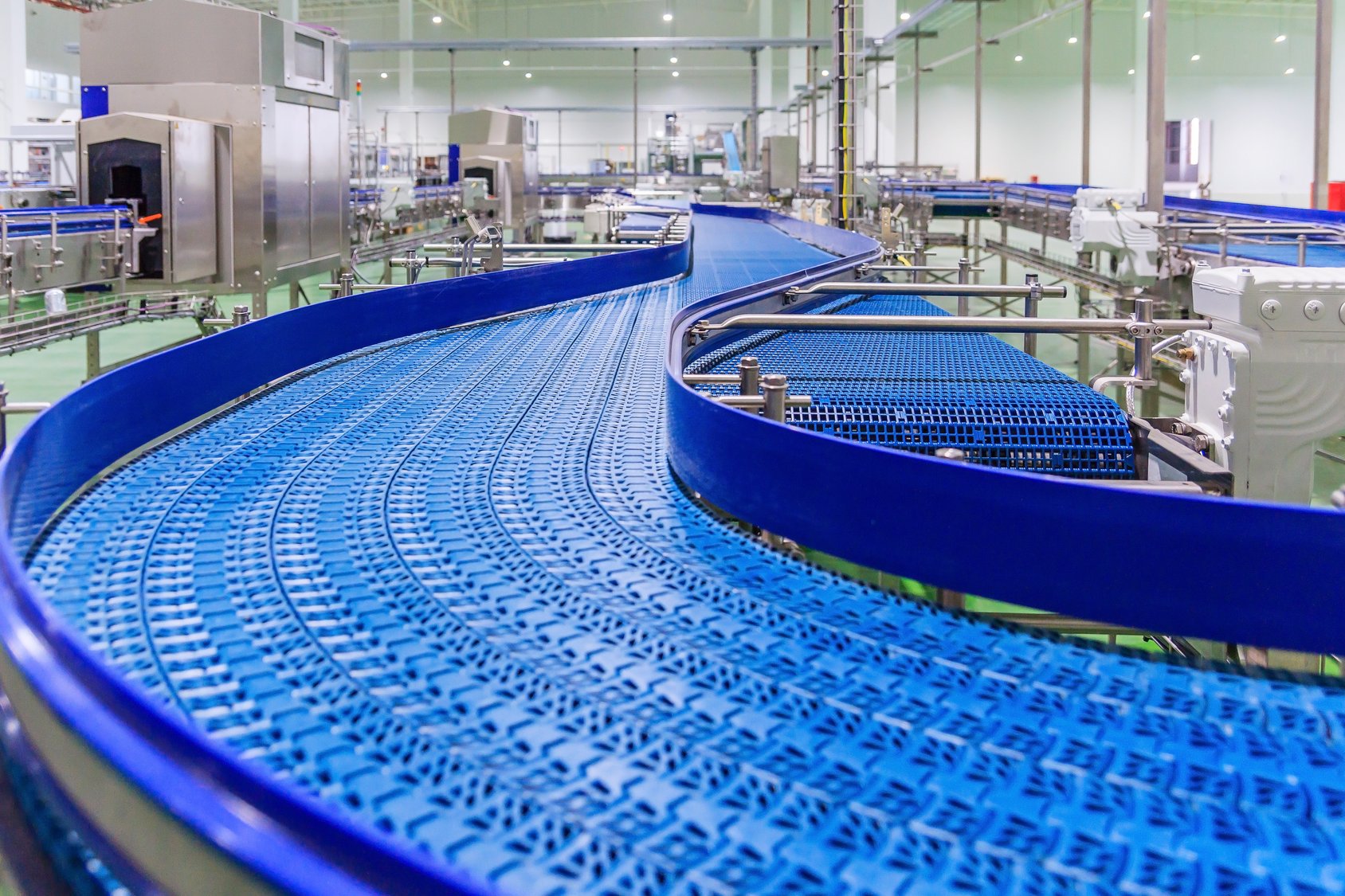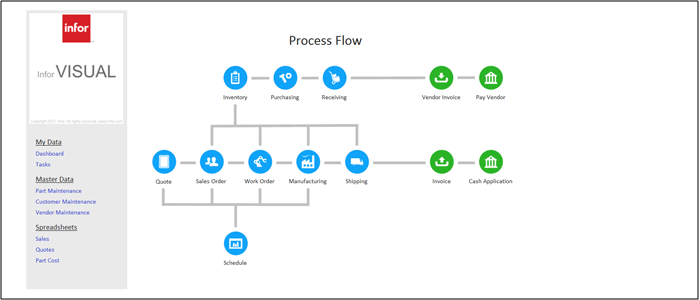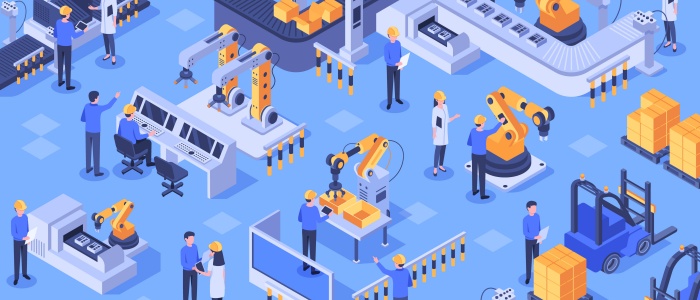Manufacturers have made the move to cloud-based ERP systems
It seems like just yesterday that the concept of cloud-based ERP for the manufacturing industry was far-fetched. But today’s reality is manufacturers are choosing cloud deployment over on-premise deployment virtually every time. That is a paradigm shift for those of us who have been working with enterprise applications in the manufacturing sector.














